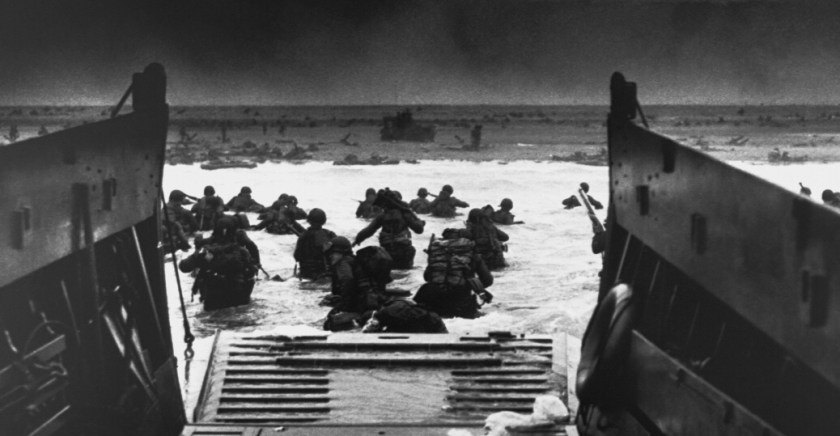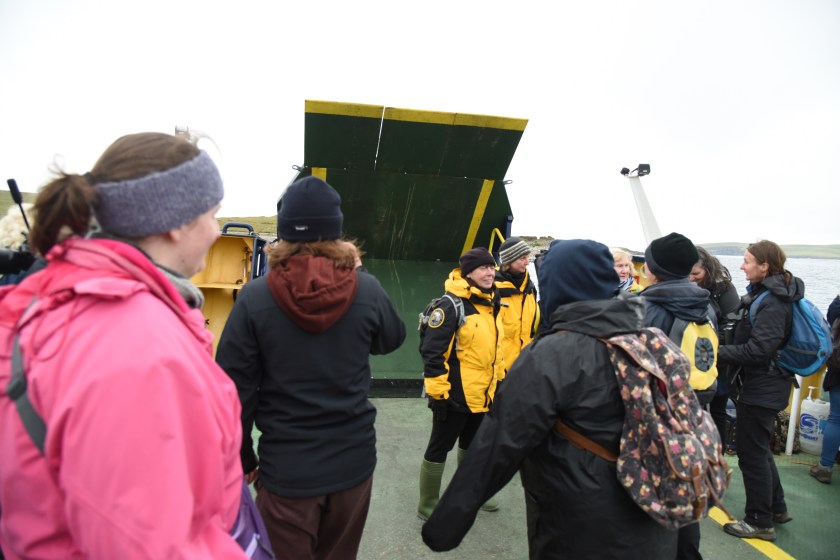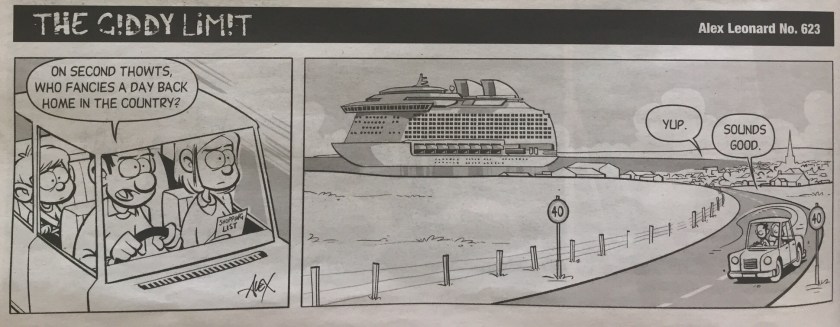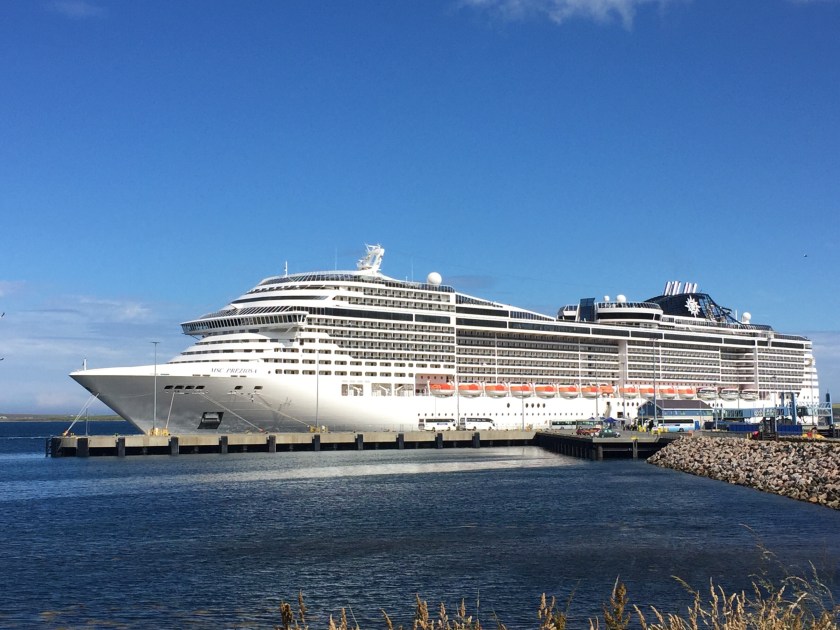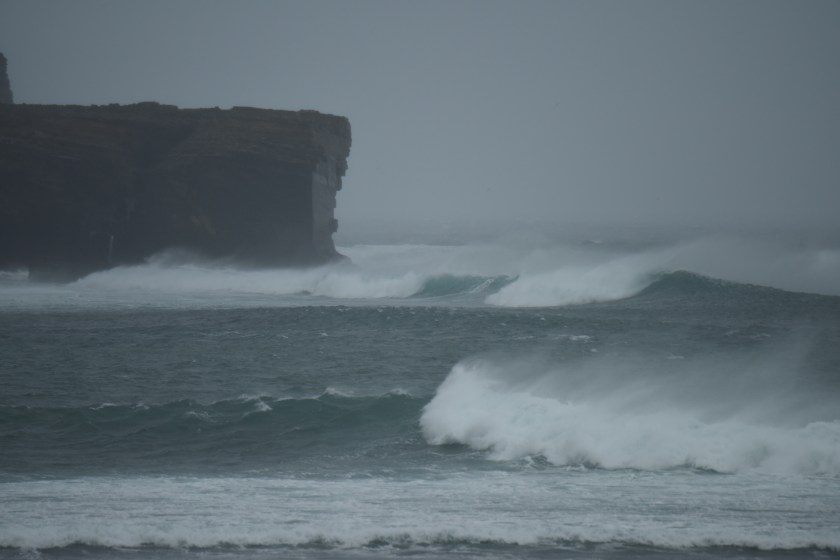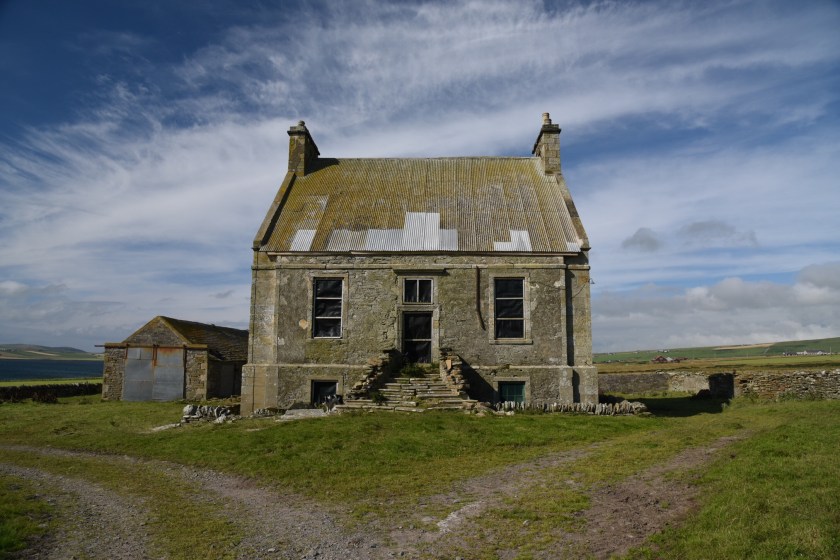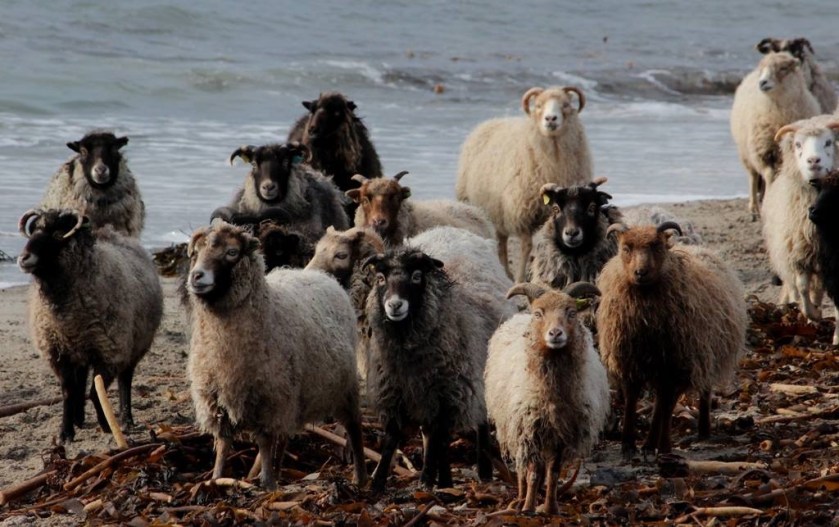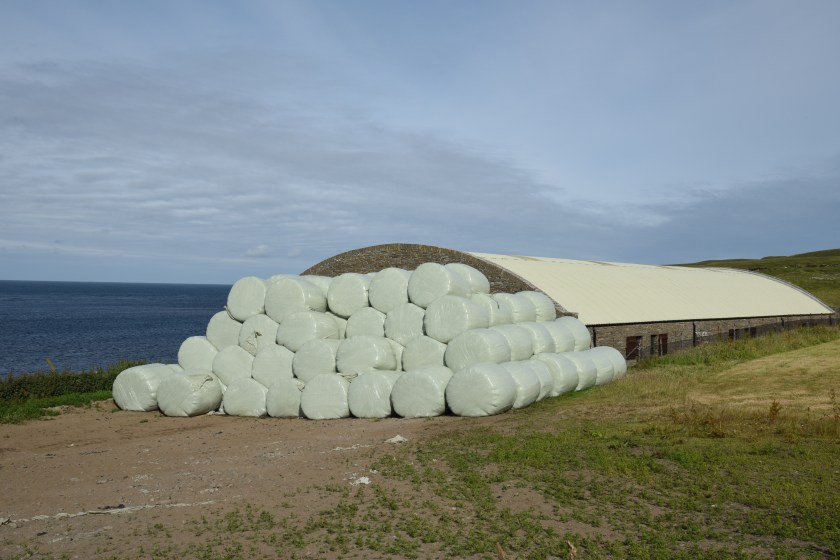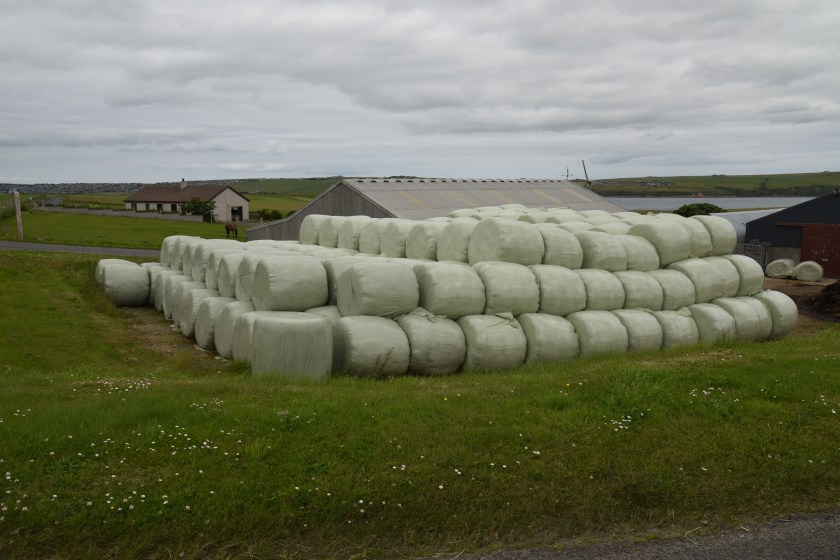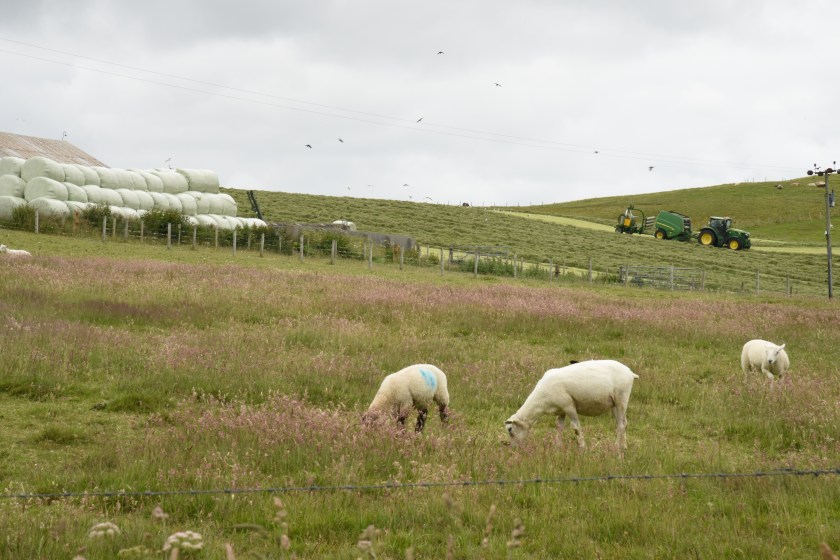The Orkney Mole is a blog about Orkney – predominantly from the inside – by Nigel Jennings. It originated in 2016 during Nigel & Tish’s first extended Orkney sabbatical and continues intermittently to this day.
Although the original intention was simply to provide news of our touristic perambulations, the Orkney Mole quickly discovered that more incisive content about the diverse aspects of life in Orkney appealed to a wider readership.
The disjointed publication of late is due in no small part to the Orkney Mole turning native, as Nigel & Tish have integrated into the Orcadian community and are periodically engaged in archaeological research support for the University of the Highlands & Islands (UHI). The drawback is that, even as willing volunteers, our days of leisurely exploring Orkney have become subsumed into what might pass as useful activity in the field, or in the bones lab at Orkney College. This is a convenient moment to emphasise that all observations and opinions expressed in this blog are the author’s alone, and do not represent any of the Orcadian organisations with which we are associated.
Despite this shoddy apology for a lack of recent productivity, if you nevertheless enjoy the writing please consider following the blog in order to receive email notification of new content.


